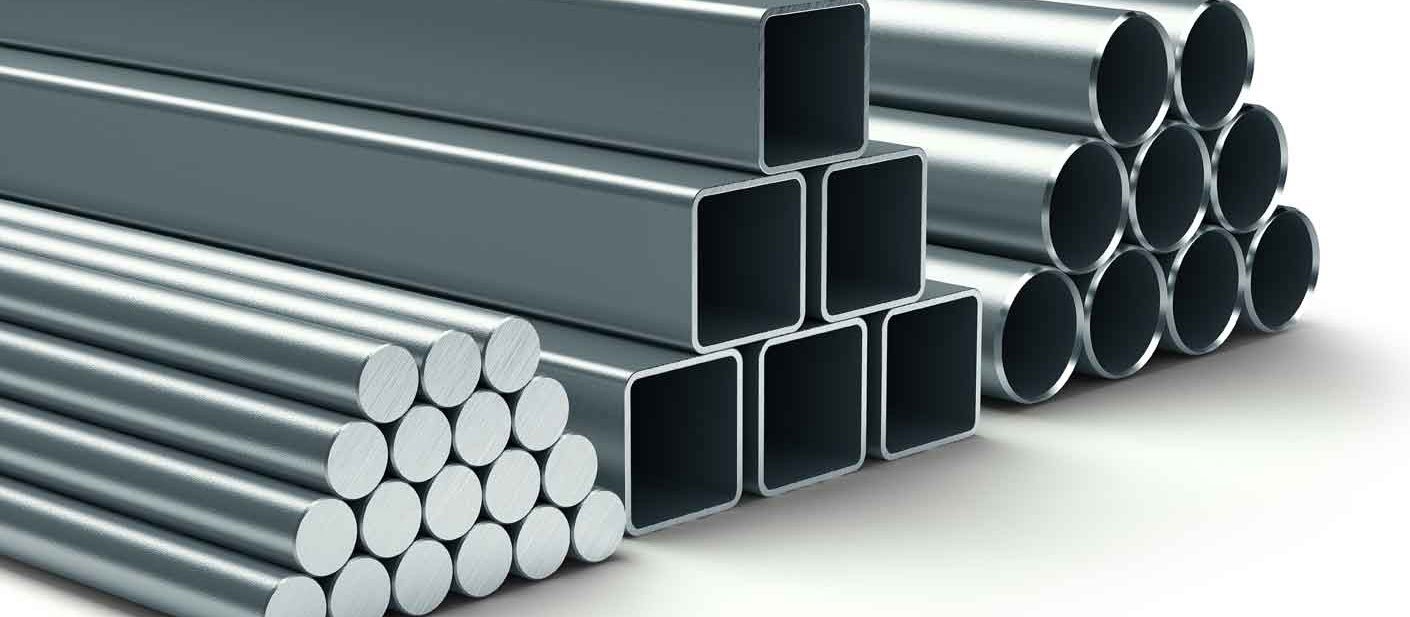Understanding Material Science - The Key To Innovative Architecture
The world of architecture is constantly evolving, and so is the field of material science. With new technologies and materials emerging every day, architects have more options than ever before to create buildings that are functional, sustainable, and aesthetically pleasing. However, to make the most of these options, it is essential to have a good understanding of material science.
What Is Material Science?
Material science is the study of the properties, structure, and performance of materials. It is an interdisciplinary field that draws from physics, chemistry, engineering, and other sciences to understand how materials work and how they can be improved.
Material scientists study a wide range of materials, from metals and ceramics to polymers and composites.
The Basics Of Material Science
Material science is an interdisciplinary field that combines knowledge from physics, chemistry, and engineering to study the properties and behavior of materials.
It encompasses a wide range of materials, including metals, ceramics, polymers, and composites, and focuses on understanding their atomic and molecular structure, mechanical properties, and behavior under different conditions.
Properties Of Materials
The properties of materials can be broadly classified into two categories: physical properties and mechanical properties. Physical properties include properties such as density, thermal conductivity, and electrical conductivity, while mechanical properties include properties such as strength, toughness, and ductility. You can learn more on science materials for architecture in the articles fromCommercial Architecture Magazine.
The Importance Of Material Science In Architecture
Material science plays a crucial role in architecture, as the choice of materials can significantly impact the performance, aesthetics, and sustainability of a building. For example, the use of energy-efficient materials can help reduce a building's energy consumption, while the use of sustainable materials can reduce its environmental impact.
Moreover, the advancement of material science has opened up new possibilities for architects to create innovative and unique buildings. With materials like 3D-printed concrete, shape-memory alloys, and nanomaterials, architects can create buildings with unprecedented shapes, functions, and aesthetics.
Common Materials Used In Architecture
While architects can use a wide range of materials in their designs, some materials are more common than others. Here are some of the most common materials used in architecture:
Concrete
Concrete is a widely used construction material due to its strength, durability, and versatility. It can be molded into different shapes and used in different applications, from foundations and walls to floors and roofs.
Steel
Steel is another popular construction material due to its strength, durability, and flexibility. It can be used in various applications, from structural support and framing to cladding and roofing.
Glass
Glass is a versatile material that can be used to create transparent or translucent surfaces, providing natural light and visual connection with the surroundings. It can be used in various applications, from windows and doors to facades and skylights.
Wood
Wood is a renewable and sustainable material that can be used in various applications, from framing and decking to cladding and finishes. It has a natural warmth and beauty that can enhance the aesthetics of a building.
Sustainable Materials
Sustainable materials, such as bamboo, recycled metal, and reclaimed wood, are becoming increasingly popular in architecture due to their low environmental impact and unique aesthetics. These materials are often used in green buildings that aim to reduce the carbon footprint of a building.
Emerging Materials In Architecture
In addition to the common materials used in architecture, new materials are emerging that have the potential to revolutionize the field. Here are some examples of emerging materials:
3D-Printed Concrete
3D-printed concrete is a new technology that allows architects to create complex shapes and structures with unprecedented precision and speed. This technology uses a robotic arm to layer concrete in a precise pattern, creating a building component layer by layer.
Shape-Memory Alloys
Shape-memory alloys are metals that can change their shape when exposed to heat or pressure. This property can be used in architecture to create self-adaptive structures that respond to changing environmental conditions.
Nanomaterials
Nanomaterials are materials with properties that are different from their bulk counterparts due to their nanoscale size. These materials can be used in architecture to create lightweight and high-performance building components, such as coatings and insulation.
Graphene
Grapheneis a one-atom-thick sheet of carbon atoms arranged in a hexagonal lattice. It is incredibly strong, lightweight, and has excellent electrical conductivity. It has the potential to be used in a wide range of applications, including building materials and energy storage.
Bioplastics
Bioplastics are plastics made from renewable resources such as corn starch, sugarcane, and potato starch. They are biodegradable and have a lower environmental impact than traditional plastics. Bioplastics have the potential to be used in building materials such as insulation and roofing.
Self-Healing Concrete
Self-healing concrete is a type of concrete that can repair itself when cracks form. It contains capsules of a healing agent that are activated when the concrete cracks, filling the cracks and restoring the structural integrity of the concrete.
Challenges In Material Science For Architecture
Despite the progress made in material science, there are still many challenges that need to be addressed to meet the demands of modern architecture. Some of the challenges include:
Sustainability
As the world becomes more environmentally conscious, the need for sustainable materials has become more critical. Architects must consider the environmental impact of the materials they choose, such as the carbon footprint, resource depletion, and waste generation.
Durability
Buildings are designed to last for decades or even centuries, and materials must be chosen accordingly. Durabilityis a crucial consideration, as materials must withstand exposure to the elements, wear and tear, and other factors that could affect their integrity over time.
Cost
The cost of materials is a significant consideration in architecture, and architects must balance the cost of materials with their functionality and environmental impact. Some new materials may be more expensive than traditional materials, which can affect the overall cost of the building.
Aesthetics
While functionality and sustainability are essential, the aesthetic appeal of a building is also crucial. Materials must be chosen to create a visually pleasing and harmonious design.
Biomimicry
Biomimicry is the practice of emulating nature to solve design problems. By studying the way natural systems work, architects can create materials and structures that are more efficient, sustainable, and environmentally friendly.
Materials In Sustainable Architecture
As mentioned earlier, sustainability is a significant challenge in architecture, and material science plays a vital role in addressing this challenge. Here are some sustainable materials that architects are using:
Bamboo
Bamboois a highly sustainable material that is rapidly renewable and grows quickly without the need for pesticides or fertilizers. It is also lightweight, strong, and durable, making it an ideal material for construction.
Recycled Materials
Recycled materials, such as reclaimed wood and recycled steel, are sustainable options that reduce waste and lower the carbon footprint of the building. These materials also add a unique and rustic aesthetic to the building design.
Green Roofs
Green roofs are a type of roof that is covered with vegetation. They provide insulation, reduce stormwater runoff, and improve air quality. They also add a natural and visually appealing element to the building design.
Applications Of Material Science In Architecture
Material science has a wide range of applications in architecture. Here are some examples:
Insulation
Insulation materials, such as fiberglass and foam, are crucial in keeping buildings energy-efficient. Material scientists are continually developing new insulation materials that are more effective, sustainable, and affordable.
Façade Materials
The façade is the face of the building, and architects must choose materials that are aesthetically pleasing, durable, and functional. Material scientists are developing new materials, such as glass and metal composites, that can provide insulation, reduce glare, and improve energy efficiency.
Structural Materials
Structural materials, such as concrete and steel, are the backbone of buildings. Material scientists are developing new materials, such as self-healing concrete, that can improve the durability and safety of buildings.
People Also Ask
What Are Some Examples Of Material Science?
Material science is a multidisciplinary field that involves the study of materials, their properties, structure, and behavior. Examples of materials studied in material science include:
- Metals: Iron, steel, aluminum, titanium, copper, and other metals.
- Polymers: Plastics, rubber, and other synthetic materials.
- Ceramics: Glass, cement, and other ceramic materials.
- Composites: Fiber-reinforced plastics, metal matrix composites, and other composite materials.
- Semiconductors: Silicon, germanium, and other semiconductor materials.
- Biomaterials: Materials used in medical applications such as implants, drug delivery systems, and tissue engineering.
What Are The 4 Types Of Materials?
The four types of materials are:
- Metals: Metals are materials that are typically shiny, malleable, and good conductors of heat and electricity. Examples include iron, aluminum, copper, and gold.
- Polymers: Polymers are materials made up of long chains of repeating units. They are typically lightweight and have a low melting point. Examples include plastics, rubber, and nylon.
- Ceramics: Ceramics are materials that are typically hard and brittle. They are made by heating clay or other materials to high temperatures. Examples include pottery, bricks, and tiles.
- Composites: Composites are materials made up of two or more different materials. The properties of the composite are different from the individual materials. Examples include fiber-reinforced plastics, metal matrix composites, and concrete.
What Are Science Study Materials?
Science study materials are resources that students and researchers use to study science. These materials can include textbooks, scientific journals, laboratory manuals, online resources, and other materials that provide information on scientific topics.
Conclusion
Material science is a crucial field that architects must understand to create buildings that meet the demands of modern society. The development of new and innovative materials, combined with advancements in technology, has the potential to transform the world of architecture in ways we cannot yet imagine. As architects continue to explore the science of materials, we can expect to see buildings that are not only functional and sustainable but also visually stunning and inspiring.


